How to Write an Artist's Statement
Method 1 of 3:
Brainstorming Your Statement
-
 Ask yourself some questions. Before you can write your statement, you should ask yourself some important questions. Your statement is your chance to discuss your art process, your ideas, and how your art fits in the field. Be honest with yourself as you answer these questions:[1]
Ask yourself some questions. Before you can write your statement, you should ask yourself some important questions. Your statement is your chance to discuss your art process, your ideas, and how your art fits in the field. Be honest with yourself as you answer these questions:[1]- What are my influences (e.g. personal, historical, theoretical, cultural)?
- What themes, ideas, and subjects are in my art?
- What do I do?
- How do I do it?
- Why do I it?
- What do I want other people to understand about my art?
- Is there anything about my art that I do not want to discuss? Why?
-
 Write down your ideas. Set a timer for 15 minutes and write down your responses to these questions. If your responses lead you down another path, write about those things as well. This exercise helps you move your ideas from your head to a piece of paper. You can incorporate drawings into this writing process as well.
Write down your ideas. Set a timer for 15 minutes and write down your responses to these questions. If your responses lead you down another path, write about those things as well. This exercise helps you move your ideas from your head to a piece of paper. You can incorporate drawings into this writing process as well.- It may be helpful to target your writing to one specific question instead of trying to answer multiple questions. For example, you may choose to write about why you use oil to paint.
- You can also write on multiple pieces of art paper instead of a notebook so that you can rearrange your ideas and make them more visual.
-
 Mind-map your ideas. A mind map is a visual diagram that lets you connect information to once central idea. Think of it as an idea tree.[2] Write the answer to one of your questions in the middle of the page. The you can use arrows or dotted lines for all of the answers to your questions.[3]
Mind-map your ideas. A mind map is a visual diagram that lets you connect information to once central idea. Think of it as an idea tree.[2] Write the answer to one of your questions in the middle of the page. The you can use arrows or dotted lines for all of the answers to your questions.[3]- All of the arrows and/or dotted lines do not have to connect to the center of the diagram. Some of them may connect to each other.
- You can also use pictures or drawings to communicate your thoughts and answers.
-
 Read some examples. Reading examples of good and poorly written artist's statements can help you craft your statement. Pay special attention to artists whose work is similar to yours and artists that you admire.[4] You may want to read examples after you have finished brainstorming. This will help you format your ideas without being influenced by others.
Read some examples. Reading examples of good and poorly written artist's statements can help you craft your statement. Pay special attention to artists whose work is similar to yours and artists that you admire.[4] You may want to read examples after you have finished brainstorming. This will help you format your ideas without being influenced by others.- Check out books, exhibition catalogs, and periodicals to find examples. If you are in school, ask your teacher for examples or talk to a librarian.
- Take note of the phrasing that people use to describe their work.
-
 Talk to your friends. It can be hard to write about your art. Display your art and invite some of your friends over. Video and/or audio record the conversation so you can listen to it later. You should also take notes during the discussion.[5]
Talk to your friends. It can be hard to write about your art. Display your art and invite some of your friends over. Video and/or audio record the conversation so you can listen to it later. You should also take notes during the discussion.[5]- Pay special attention to any questions and critiques about your work. These things are often what people really want to know about your work.
- Consider discussing your work with both artists and non-artists. This will allow you to see your art from multiple perspectives.
- Another option is to have a friend interview you about your work.
Method 2 of 3:
Writing the Key Components
-
 Create an image with your words. Your artist's statement should stand on its own. Someone should be able to read your statement and imagine what your work looks like.[6] Create a list of words and phrases that describe your work, your process, and your influences. Once you have created your list, edit down your list to the items that most reflect your work and who you are as an artist.
Create an image with your words. Your artist's statement should stand on its own. Someone should be able to read your statement and imagine what your work looks like.[6] Create a list of words and phrases that describe your work, your process, and your influences. Once you have created your list, edit down your list to the items that most reflect your work and who you are as an artist.- Create sentences using the words and phrases that you have identified. You can combine and arrange your sentences until they flow in a logical order.
- You may need to repeat this process multiple times until you are satisfied with the outcome.
- Also think about the time and space that you would like the reader to view your work.
-
 Describe what kind of art you make. This section of your statement is where you write exactly what you make. Let your readers know what your project is. Include information about why you are interested in this type of work and any themes that may be found in your work.
Describe what kind of art you make. This section of your statement is where you write exactly what you make. Let your readers know what your project is. Include information about why you are interested in this type of work and any themes that may be found in your work.- You can describe your art in any way that you choose. Just remember that you must support your description with the how and why you make the art.[7]
-
 Write the methods you used to make your art. Once you describe the art you make, describe the methods you use to make the art. What materials (e.g. paint, wood, paper, etc.) do you use? What tools (e.g. brush, hands, etc.) did you use? Do you paint on the floor or do you use an easel? Do you always listen to music when you work? What techniques do you use?[8]
Write the methods you used to make your art. Once you describe the art you make, describe the methods you use to make the art. What materials (e.g. paint, wood, paper, etc.) do you use? What tools (e.g. brush, hands, etc.) did you use? Do you paint on the floor or do you use an easel? Do you always listen to music when you work? What techniques do you use?[8]- You do not have to write down every single step of the process that was used to create the work. Note the things that are most important.
- If you do something particularly unusual during your process, include that in your statement.
-
 Write down why you make your art. Your motivation and purpose for creating art provides a context for people that view your art. It also helps people understand your point of view as an artist. Is your art commentary on current events or social circumstances? Are you trying to draw connections between different concepts?[9] Are you using your art to tell a story? What does your art mean to you?
Write down why you make your art. Your motivation and purpose for creating art provides a context for people that view your art. It also helps people understand your point of view as an artist. Is your art commentary on current events or social circumstances? Are you trying to draw connections between different concepts?[9] Are you using your art to tell a story? What does your art mean to you?- If your motivations changed while you were working on the project, let the audience know that is well.
- Maybe you were influenced by a trip you took, a book you read, a movie, or a family member. All of these things help the audience get a better understanding of you and your work.
- For example, if you wanted your art discussed within the context of feminism, you should clearly outline that in this part of your statement.[10]
-
 Use clear concise language. Your statement should be easy to understand. Do not include any language that is too specific to the art world. Also avoid using complicated, complex words. Your statement should sound genuine and real.
Use clear concise language. Your statement should be easy to understand. Do not include any language that is too specific to the art world. Also avoid using complicated, complex words. Your statement should sound genuine and real.- Your statement should add information that can not be gathered from looking at your art. Do not use the statement to simply describe what the audience can see with their own eyes.[11]
- Try not to use a quote from another artists or philosopher. If you do use a quote, do not use more than one and keep it short. Also be sure that you have correctly interpreted the quote.
- Avoid phrases such as "I am trying to," "I am hoping to," and "I would like to."[12] Just state what you have done.
- Be as objective as possible. Your statement should not be used to promote your art or "talk it up."[13] Let your audience interpret your work on their own.
Method 3 of 3:
Structuring Your Statement
-
 Determine where your statement will be used. You may need to modify your statement based on where your statement will be used. If you artist statement is for a particular piece or project, your statement should be tailored to that specific piece. If you artist statement is part of your portfolio, it should be a broader description.
Determine where your statement will be used. You may need to modify your statement based on where your statement will be used. If you artist statement is for a particular piece or project, your statement should be tailored to that specific piece. If you artist statement is part of your portfolio, it should be a broader description.- Update your statement every time you add a new piece of work to your portfolio.[14]
- You may also need an artist statement when you apply for scholarships, grants, or schools.[15] Always check the guidelines when you are submitting it as part of an application.
-
 Edit to one page or less. Artist statements are usually 25 words, one or two paragraphs, or one page. One page statements are used to describe your whole body of work or to accompany an exhibition, or as part of a grant application. One or two paragraph statements are usually for a specific piece of work. The 25 word statement is to describe the central idea of your work.[16]
Edit to one page or less. Artist statements are usually 25 words, one or two paragraphs, or one page. One page statements are used to describe your whole body of work or to accompany an exhibition, or as part of a grant application. One or two paragraph statements are usually for a specific piece of work. The 25 word statement is to describe the central idea of your work.[16]- Memorize your 25 word statement. This should be your response when people ask you what you do.
- Your one page statement can also be given to publicists, writers, and gallery owners when they need a description of your work.
-
 Proofread your statement. Check your grammar and vocabulary. Make sure that there are no confusing ideas and your statement is written in a logical order.[17] You may need to rearrange sentences and phrases to improve the flow of your statement.
Proofread your statement. Check your grammar and vocabulary. Make sure that there are no confusing ideas and your statement is written in a logical order.[17] You may need to rearrange sentences and phrases to improve the flow of your statement.- You will need multiple rewrites and edits before you have a quality statement.
- Your statement should only include essential information.
-
 Get feedback on your statement. Get feedback on your statement from artists and non-artists. Your statement will likely be viewed by people from all backgrounds. It should be clear to anyone who reads it. Do not wait until you are finished with your statement before you ask for feedback. Have someone look at your rough drafts as well.
Get feedback on your statement. Get feedback on your statement from artists and non-artists. Your statement will likely be viewed by people from all backgrounds. It should be clear to anyone who reads it. Do not wait until you are finished with your statement before you ask for feedback. Have someone look at your rough drafts as well.- In addition to getting feedback on your statement, also get feedback on the connection between your statement and your actual art. [18]
- The average art viewer will spend 5 to 15 seconds looking at your work. Your statement should be clear enough to convey a message in a very short amount of time.
5 ★ | 1 Vote
You should read it
- How to Write a Critique in Five Paragraphs
- If ... Else in C
- How to Publish a Research Paper
- How to Choose Music for Work
- This is why you should not work more than 8 hours a day
- How to Research a Topic
- According to Google, this is the key of an effective working group
- Burnout from Work? 7 Research-Backed Strategies To Recover
May be interested
- Why write neat and organized HTML?
 you will get many benefits from writing clean and precise html code. here's why it's a good idea to write optimal html code.
you will get many benefits from writing clean and precise html code. here's why it's a good idea to write optimal html code. - How to enable / disable Disk Write Caching in Windows 10
 disk write caching is a feature that improves system performance, using ram memory to collect write commands sent to the data storage device, then cached until the device. slower archives can be written to.
disk write caching is a feature that improves system performance, using ram memory to collect write commands sent to the data storage device, then cached until the device. slower archives can be written to. - What is JD? What does JD mean?
 for employers or job candidates, jd is an important factor for both parties. so what does jd mean?
for employers or job candidates, jd is an important factor for both parties. so what does jd mean? - The best apps that support writing and writing notes on Android
 if you need to write an essay, a novel or write a contract, the following applications will support you with the best way to write stories and write notes on android.
if you need to write an essay, a novel or write a contract, the following applications will support you with the best way to write stories and write notes on android. - How to write exponents in Excel, write upper and lower indices in Excel
 this article will show you how to write exponents (superscripts), write subscripts in excel using keyboard shortcuts, add quick upper and lower index writing buttons to the toolbar and a few other useful tips.
this article will show you how to write exponents (superscripts), write subscripts in excel using keyboard shortcuts, add quick upper and lower index writing buttons to the toolbar and a few other useful tips. - 7 ways to fix, fix 'Write Protection' error on USB
 write protection error or the disk is write protected. remove ghi ghi lưu hoặc sử dụng đĩa khác trên usb will prevent you from viewing, editing or deleting data in your usb. how to fix this usb protection write error?
write protection error or the disk is write protected. remove ghi ghi lưu hoặc sử dụng đĩa khác trên usb will prevent you from viewing, editing or deleting data in your usb. how to fix this usb protection write error? - Learn to write email like a real CEO
 if you want to impress employers by email for job or want to practice effective email writing skills, then learn how to write a leader's email.
if you want to impress employers by email for job or want to practice effective email writing skills, then learn how to write a leader's email. - Activate the 'Write Protection' mode of USB on Windows 10
 you may not know but windows 10 allows to enable 'write protection' mode to protect usb storage devices. after this mode is activated, it will restrict write permissions on portable hard drive devices (usb drives, etc.). this is extremely useful, which is an additional security option on your system.
you may not know but windows 10 allows to enable 'write protection' mode to protect usb storage devices. after this mode is activated, it will restrict write permissions on portable hard drive devices (usb drives, etc.). this is extremely useful, which is an additional security option on your system. - Instructions for writing bank checks
 in this article will help you write the exact information on the check of some of the most popular banks in vietnam
in this article will help you write the exact information on the check of some of the most popular banks in vietnam - How to write the above index, below index in Excel
 this article will guide you to some quick ways to write the above index and lower index in excel for both text and numeric values.
this article will guide you to some quick ways to write the above index and lower index in excel for both text and numeric values.
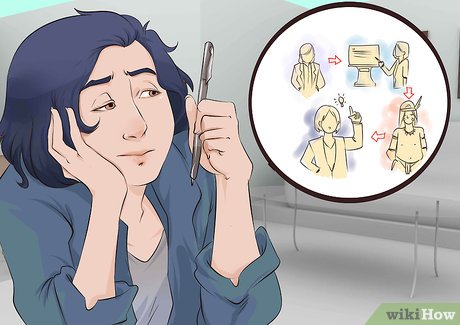
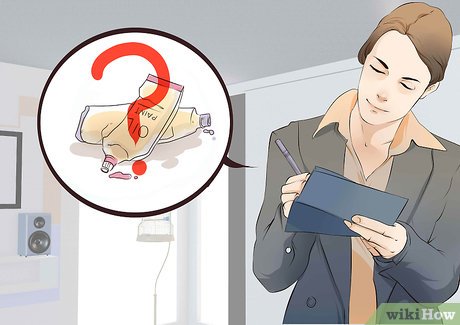


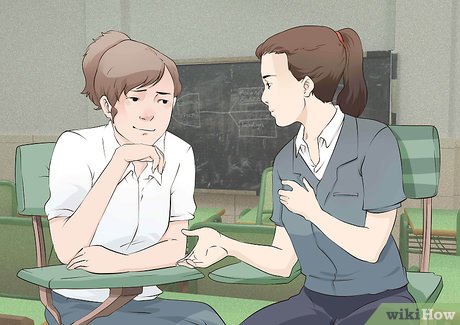
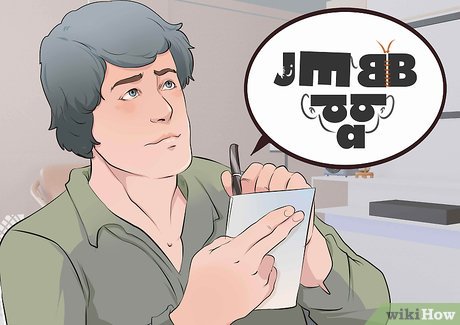
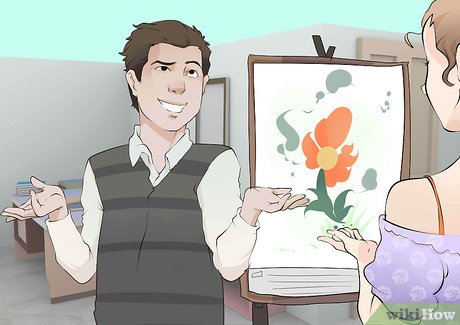
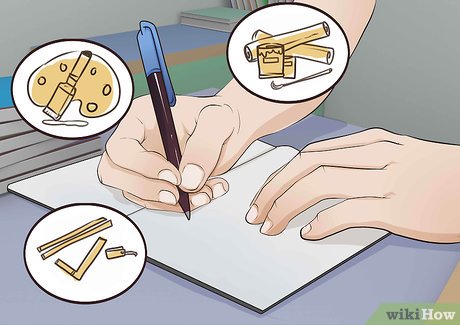

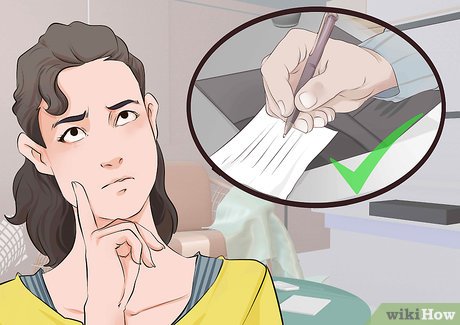
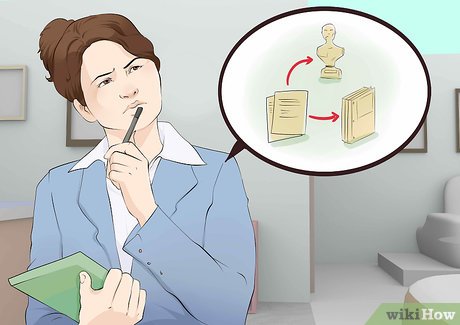
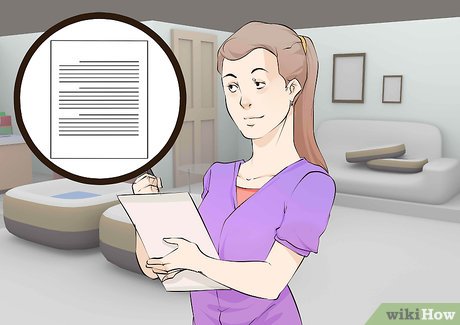
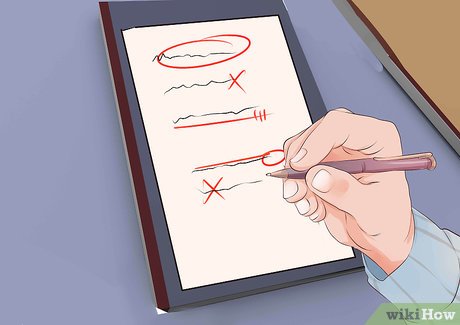
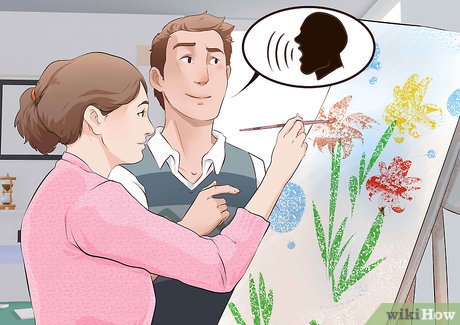










 How to Do Mixed Media Art
How to Do Mixed Media Art How to Be Good at Art
How to Be Good at Art How to Save Money at Amusement Parks
How to Save Money at Amusement Parks How to Be Brave on 'Rush' at Thorpe Park
How to Be Brave on 'Rush' at Thorpe Park How to Visit SeaWorld Orlando
How to Visit SeaWorld Orlando How to Visit LEGOLAND California
How to Visit LEGOLAND California